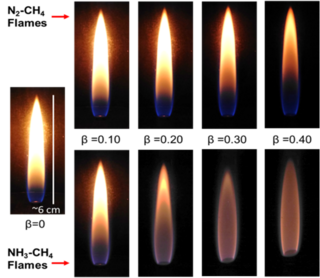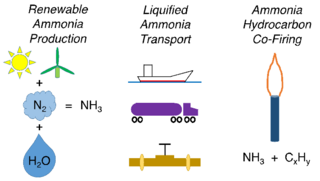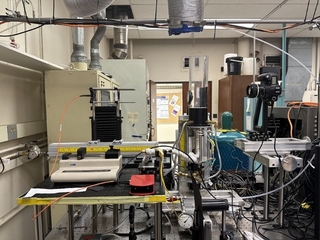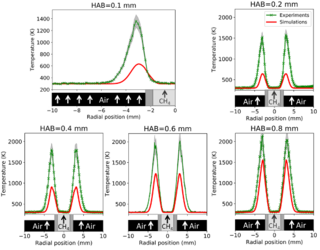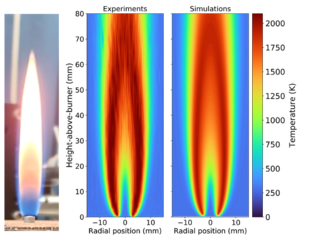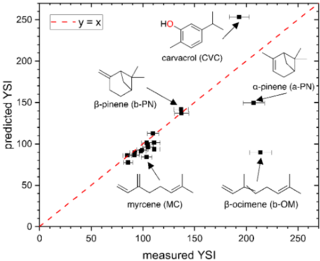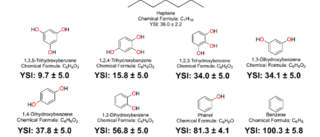Ammonia is a carbon-free fuel that can be produced from air and water with green electricity, and then burned with no carbon dioxide emissions. In contrast to hydrogen—the other carbon-free fuel—ammonia can be easily liquified at ambient temperatures.
We have shown that ammonia chemically suppresses soot formation when it is co-fired with hydrocarbon fuels. For more information, see Matthew’s poster from the 2019 AIChE meeting in Orlando and Matthew’s paper in the Proceedings of the Combustion Institute.
A major challenge of ammonia combustion is that it burns poorly. For more information on our research to understand and ameliorate this problem, see Aurora’s presentation from the 13th US Combustion Meeting in College Station TX.
